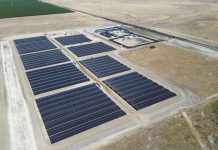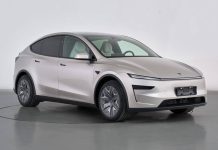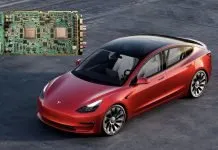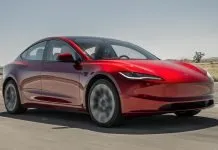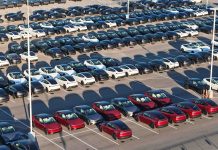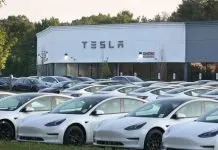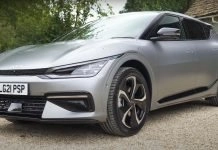Tesla has been able to reinvent the potential of electric-vehicle infrastructure once again, with the opening of its biggest Supercharger station ever, a colossal 164-stall station in Lost Hills, California. The station is not only big, as announced this week. It is a significant technological and strategic breakthrough, demonstrating that renewable power and massive battery storage can help the large-scale EV-charging network grow faster without placing undue strain on the electric grid.
The installation features an impressive 11 megawatts of solar generation at its center, built directly into a wide canopy that shades vehicles in the course of charging. This solar array power feeds 10 Tesla Megapack utility-scale batteries, which have the capacity of a total capacity of 39 megawatt-hours of energy storage. The combination would allow the whole charging hub to be powered by clean energy, both day and night. According to Tesla officials, the charging of the station during the majority of the year operates only on the sunshine.
This implementation is bigger than the past Supercharger locations. The previous record holder in Tesla was a 120-stall station in Barstow that was already among the largest EV-charging sites in the world. The Lost Hills facility site stretches the envelope well beyond size, but it achieves this through the integration of energy production, storage, and vehicle charging into one sustainable system.
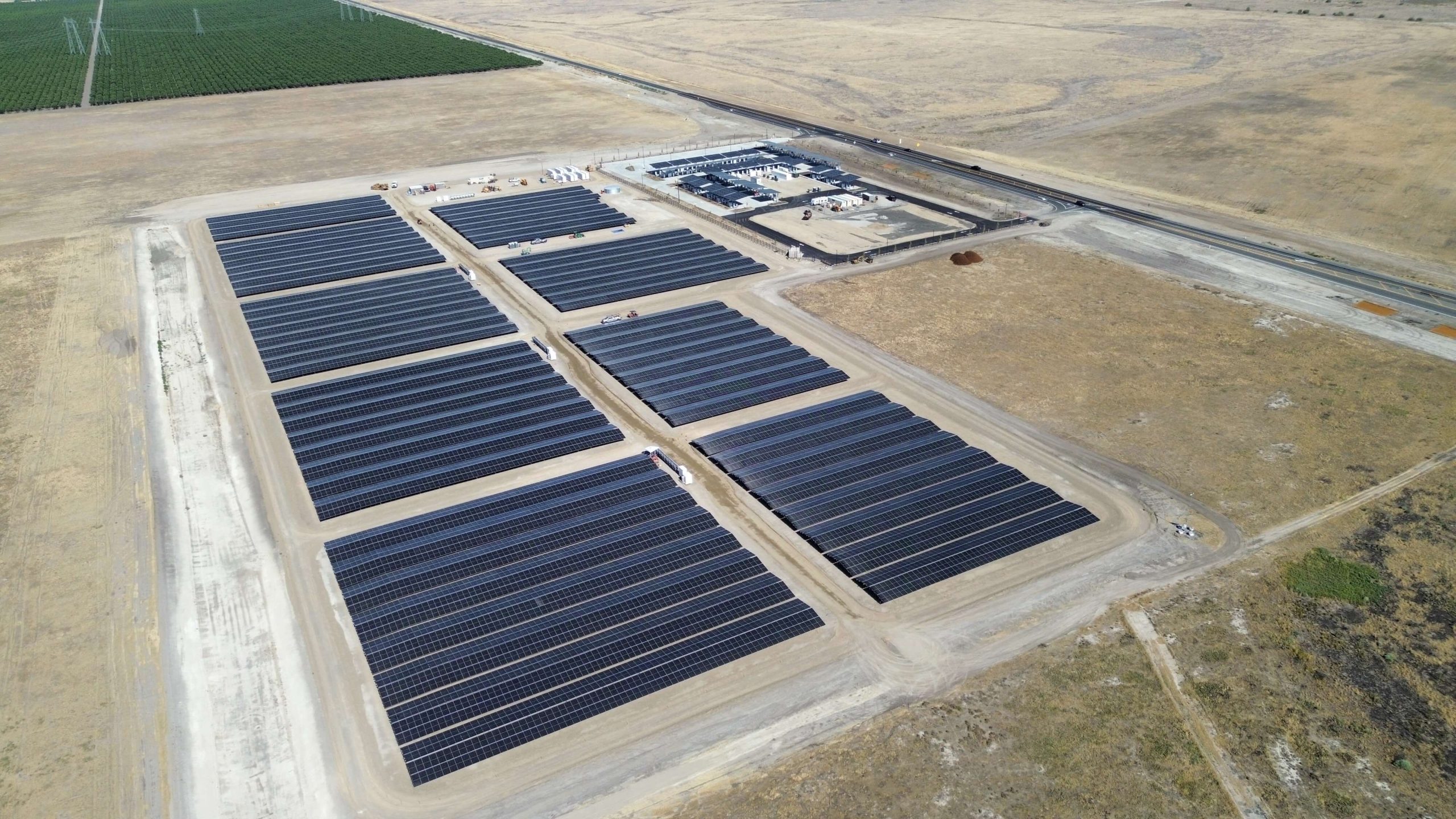
An Answer to Increasing Energy and Charging Needs
The issue of the future electric power requirement of EVs and AI data centers has preoccupied the energy debate of recent years. Often, critics raise the question of whether the grid can accommodate the need to rapidly expand demand, and whether renewable energy would be sufficient to power the large-scale charging infrastructure.
The new station of Tesla is a high-profile counterargument: with enough solar power and with enough stationary storage, even high-energy-consuming charging stations can be used with little reliance on the grid.
In an X post, Max de Zegher, the director of charging in various regions of Tesla, underlined that it was not only about sustainability at the site, but speed. The upgrades of utility grids may take months or even years, which frequently slows the process of installing the new fast-charging sites. In comparison, Tesla was capable of building this solar-powered station and starting to operate the parts of it in eight months, installing all 164 stalls in approximately a year.
Solar and Megapacks are needed to meet electrification & datacenter demand. This Supercharger is evidence of that.
Our forecasts showed a severe charging infrastructure deficit along the San Francisco – Los Angeles corridor for the 2025 holidays and beyond, creating extreme… https://t.co/AQvdZw7otK pic.twitter.com/FLfTk4mNWs
— Max (@MdeZegher) November 25, 2025
According to De Zegher, Tesla projected a critical lack of charging points along the San Francisco-Los Angeles line during the most active traffic hours in the near future. It would not have been within the timeframe to wait and have the traditional utility infrastructure upgraded. Setting up its own energy ecosystem enabled Tesla to circumvent one of the biggest bottlenecks in the deployment of charging in the United States.
An Overview of the Future of Charging
The project of Lost Hills also demonstrates the general strength that Tesla can have on vertical integration. Tesla builds electric cars, charging equipment, energy storage platforms, solar panels, and software under a single roof, unlike the majority of automakers. This ecosystem strategy is rapidly gaining popularity with the leading automakers and energy corporations, most of which are actively considering their own mixes of chargers, batteries, and distributed energy solutions.
Tesla is not the only company that considers battery-backed charging to be the next big thing. Chinese EV giant BYD has reported that megawatts of charging will be supported by large on-site batteries in the future. Another indicator of the future of charging infrastructure has been demonstrated by U.S. Startup Electric Era, which has demonstrated that it is possible to roll out smaller battery-boosted stations within weeks, as opposed to months.

